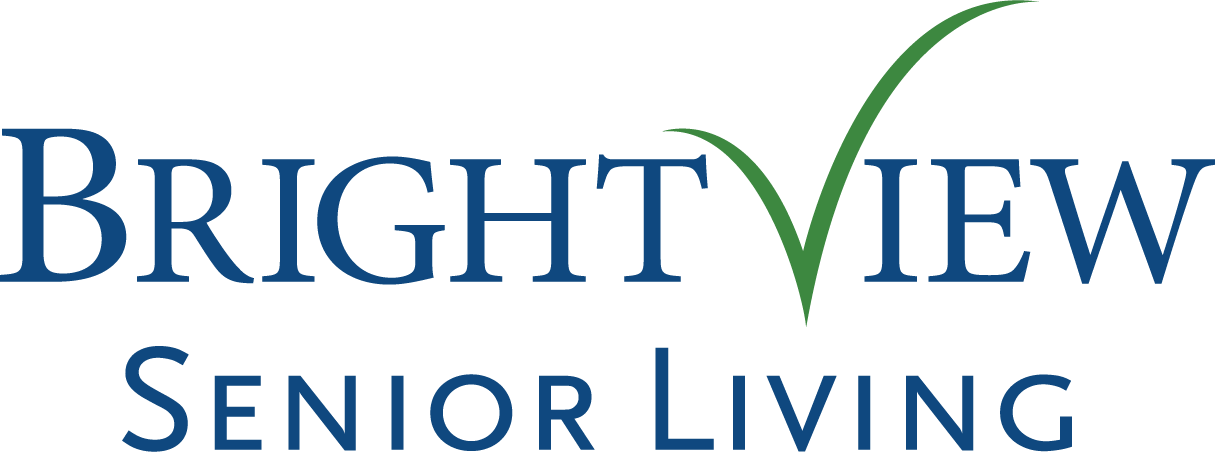Many seniors postpone or decline long-term care due to cost-related concerns. On average, seniors spend at least $4,000 per month on long-term care regardless of whether they age at home or in a senior living community. That comes to nearly $50,000 per year, a figure similar to the average yearly income for households led by a retiree. Fortunately, there are ways you can pay for senior living without spending every penny your household earns.
Insurance Payments
Medicare doesn't cover residency at an assisted living facility, but sometimes Medicaid does through waivers, which may also help with the cost of in-home care or personal care equipment. Medicaid benefits are different in each state and vary widely across the nation. You can have both Medicaid and Medicare if your income and assets don't exceed eligibility requirements.
Another option is long-term care insurance. When you have a long-term care insurance policy, your provider covers aging-related expenses that don't exceed your daily benefit limit. Keep in mind that your policy premium and your daily benefit limits may change even in the middle of your policy. Read the guidelines carefully before you commit to a plan.
Medical Grants for Seniors
Medical grants are a popular option for seniors on a budget because they don't require repayment. You can find grants based on your income, desired medical treatment, and current state of health from a variety of sources. Here are some resources for medical grants that help cover senior living expenses:
- Medicaid waivers
- Veteran Aid and Attendance Benefit
- PAN Foundation
- HealthWell Foundation
Remember, you must qualify for grants, so some seniors may not receive assistance even if funds are available. Sometimes grants are for a specific time frame, but they are eligible for renewal. Other grants are for one-time use, so seniors may have to supplement senior living payments with loans or insurance.
Loans for Senior Living
Bridge loans from companies such as Elderlife Financial Services are ideal for seniors who need fast cash for living expenses while they wait for funds to kick in from other sources. You can use a bridge loan to cover costs related to the following senior care options:
- Assisted living facilities
- Nursing homes
- Continuing care retirement facilities
- In-home care
- Independent living programs
These funds must be repaid, and they're only available for short-term use.
Reverse Mortgage
Aging adults often list their homes with a Realtor to earn extra money, but you don't always have to sell your home to cover senior living expenses. Some seniors apply for a reverse mortgage, which means you receive your home equity as spendable income. You can receive your equity as one lump sum, monthly payments, or a line of credit.
The downside is that a reverse mortgage requires closing costs and accumulates interest, just like a traditional home loan. You may find it more beneficial — and cost effective — to refinance your home rather than requesting a reverse mortgage.
Life Insurance Withdrawals
Some life insurance policies allow early withdrawals. These early withdrawals let you dip into the funds for your beneficiaries to pay for senior living or other expenses. Your policy remains active, so you continue to rack up new benefits for your loved ones.
If you can't cash out your policy early, consider selling it to a third-party for a specific amount, such as 50% or 75% of its value. You can also talk to your insurance provider about policy conversions. You may be able to roll your life insurance benefits into a long-term care policy.
Payment Plans
Senior living communities often understand the financial burden of care, so many of them offer scholarships, discounts, or payment plans. When you visit a community such as Brightview Senior Living, explain that you're concerned about how you will afford care. Our friendly, knowledgeable teams can help you review financial options for your care or the care of a loved one.
Consider the Combined Savings
Another factor to consider is that aging in a senior care community rather than at home may help you save money on food, utilities, and other household expenses. Many seniors are surprised to find that the cost of moving into a senior living community can end up being about the same or even less than the price of staying in and maintaining their own homes.
The cost of senior living may seem hard to manage and understandably so. Explore the suggestions above, and contact Brightview Senior Living with questions. You may just find that quality senior living is a feasible option after all.
This article is for informational purposes and does not constitute as financial or tax advise. Please consult with your own financial or tax advisor.

